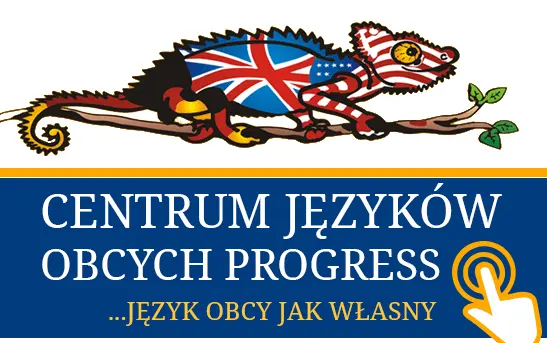- North America (103)
- The United States (87)
- Canada (16)
- Central America (48)
- Mexico (48)
- South America (11)
- Brasil (11)
- Australia and Oceania (20)
- Asia (447)
- Thailand (59)
- Malaysia (3)
- Burma (Myanmar) (52)
- Cambodia (250)
- Indonesia (11)
- Singapore (6)
- Israel (8)
- United Arab Emirates (3)
- Oman (26)
- Sri Lanka (24)
- Turkey (10)
- Africa (19)
- Europe (439)
- Spain (Catalonia) (7)
- Spain (27)
- Italy (29)
- Great Britain (4)
- France (15)
- Poland (286)
- Germany (11)
- Czech (10)
- Greece (36)
- Cyprus (16)
- Off-topic
- All
Mingun, , Amarapura and the bridge U Bein
Today Wanda and Paweł:
Mandalay welcomed us on this very busy day, with a chill of the morning (which was quite surprising as we were warned to expect the heat from the early morning).
The first item on today’s agenda was a cruise on Myanmar’s largest river – Ayeyarwaddy, to the village named Mingun. As it could be expected, in Asia the marina was a makeshift, thus reaching to our boat required skills of a tightrope walker. After of an-hour cruise on the lazy Ayeyawaddy river, we reached the destination.
During disembarking we were greeted by remains of monumental lions statues. After our numerous trips, we are used to the fact that Asia is strewn with "ruins" but what we have seen here is really impressive. The remains of the unfinished stupa tower dominates over a small bamboo village.
The ambition of the founder was to build the world's largest brick stupa, together with the largest bronze bell, guarded by the biggest statues of lions men have ever seen (was he a megalomaniac ?).
Unfortunately as a result of the astrologer’s intrigues, construction was abandoned. Instead of 150 m only 50 m were built. Approximately, 4 million bricks were used to build the base of the stupa and approx. 800 thousand for lions statues.
Since the pagoda was not completed, the 90 ton’s bell was never installed and now it just stands close by. Another highlight of the day was 'cosmological', white pagoda. A beautiful temple built on the plan of a circle, made of bricks and covered with lime plaster. It was built by the crown prince as a tribute to his late wife, which never had a chance to became a queen ( We personally believe that it is really not polite to express joy after wife passing away in such way).
Then we sailed to see Ava's two monasteries, a teak and a yellow one. The teak monastery stands on 267 piles. Some of them are up to 60 m tall from the base to the roof. It is an example of craftsmanship of local carpenters. Its special charm is compounded by the overwhelming smell of teak wood.
The yellow monastery is famous for its beautiful stucco that decorates the roof. Perhaps only because of the heat and fatigue we were not able to fully appreciate its qualities, but it is no doubt unique! The last place we visited today was the sunset with U Bein’s teak bridge. This is one of the 'must see' in Myanmar. Most likely, each of you had already seen at least one picture of this bridge at sunset, if not, check below. And this was something that made this day really special.






















































P.S. Co oznaczają te białe malunki na twarzach? Just for fun?